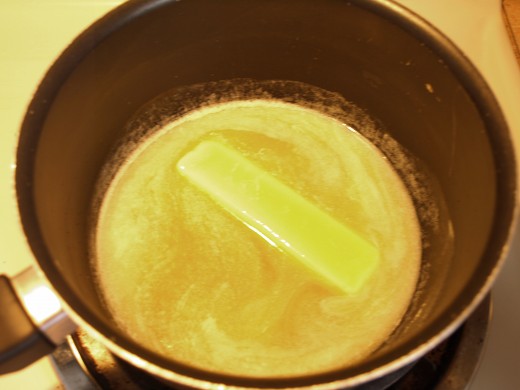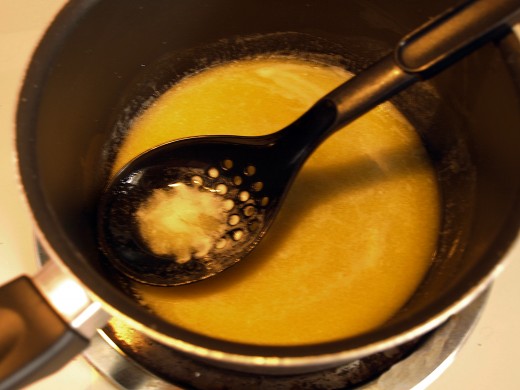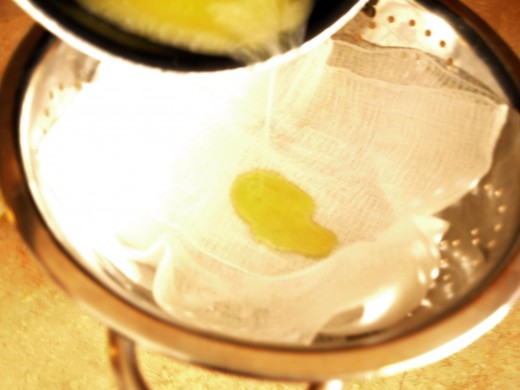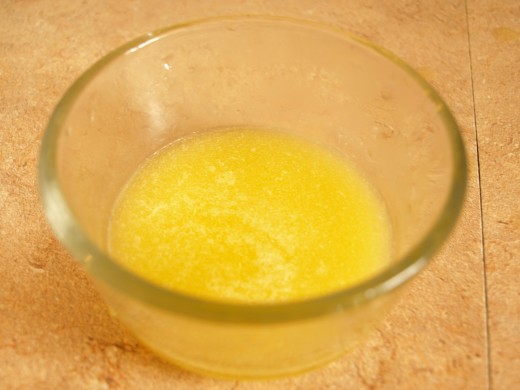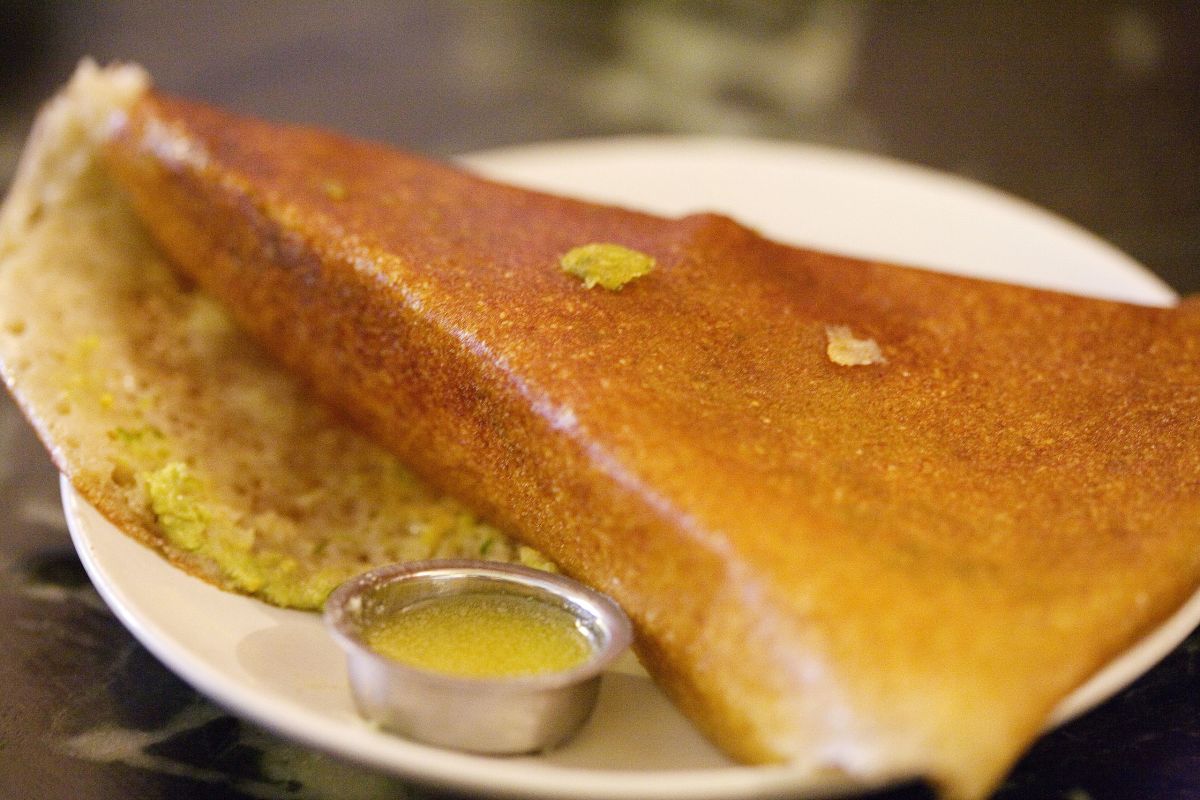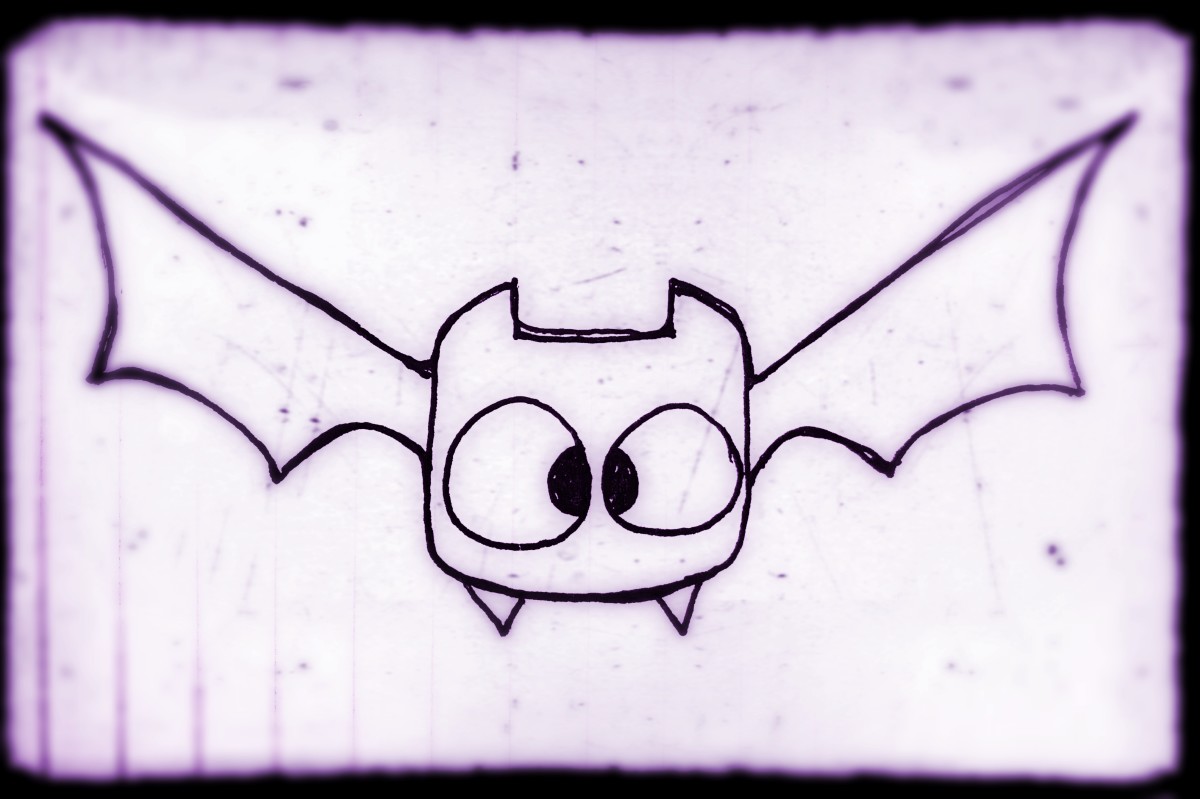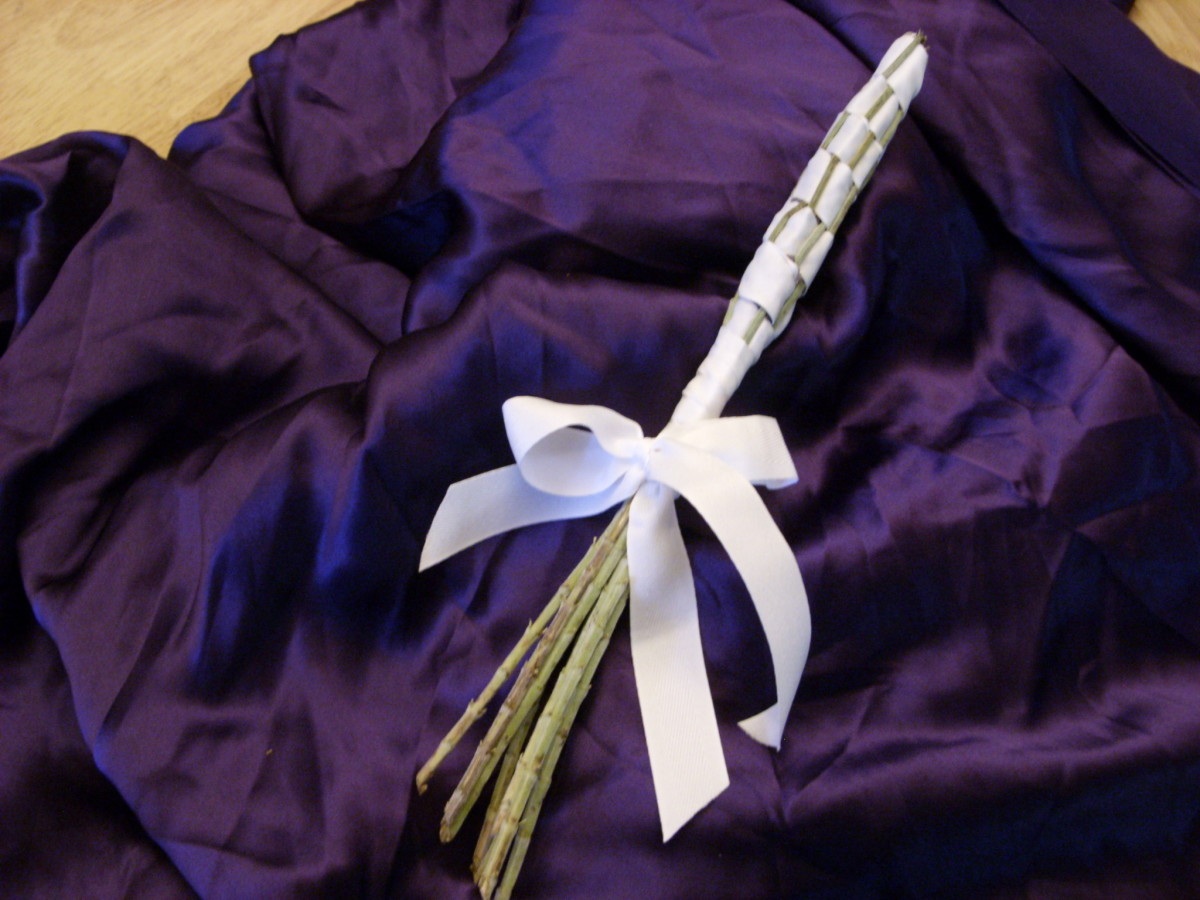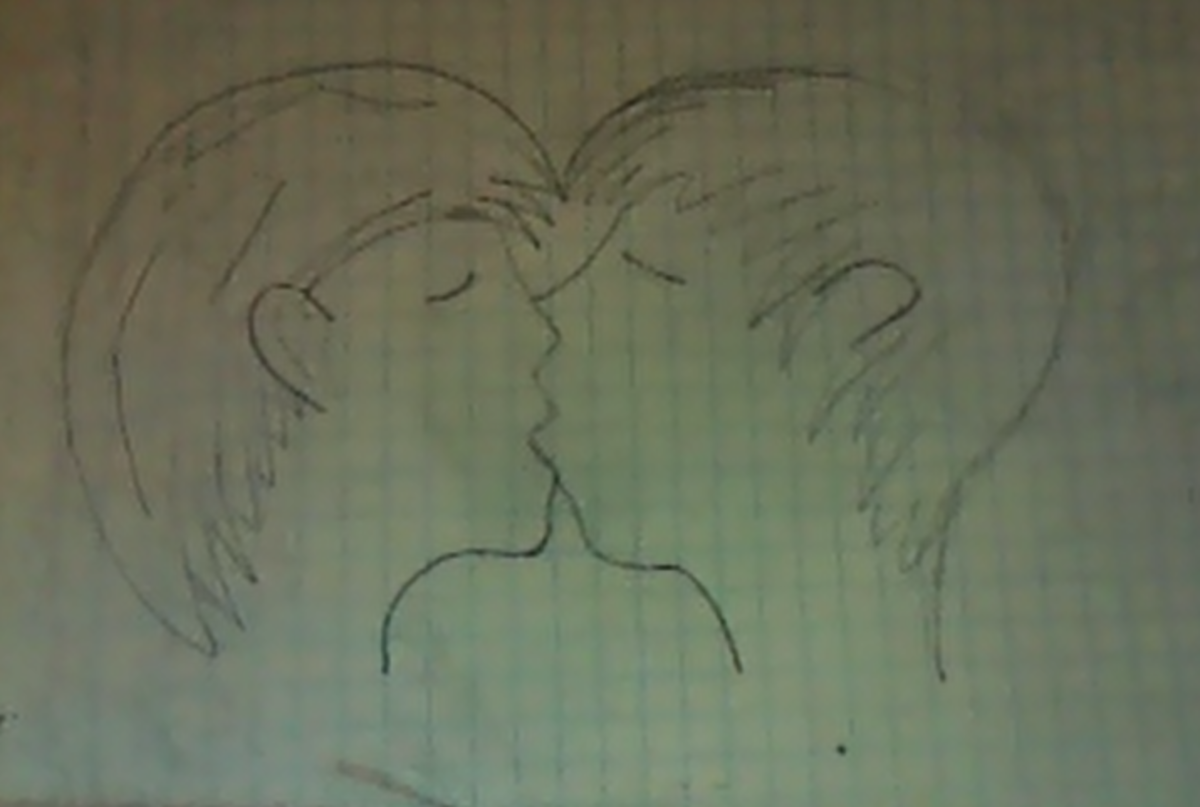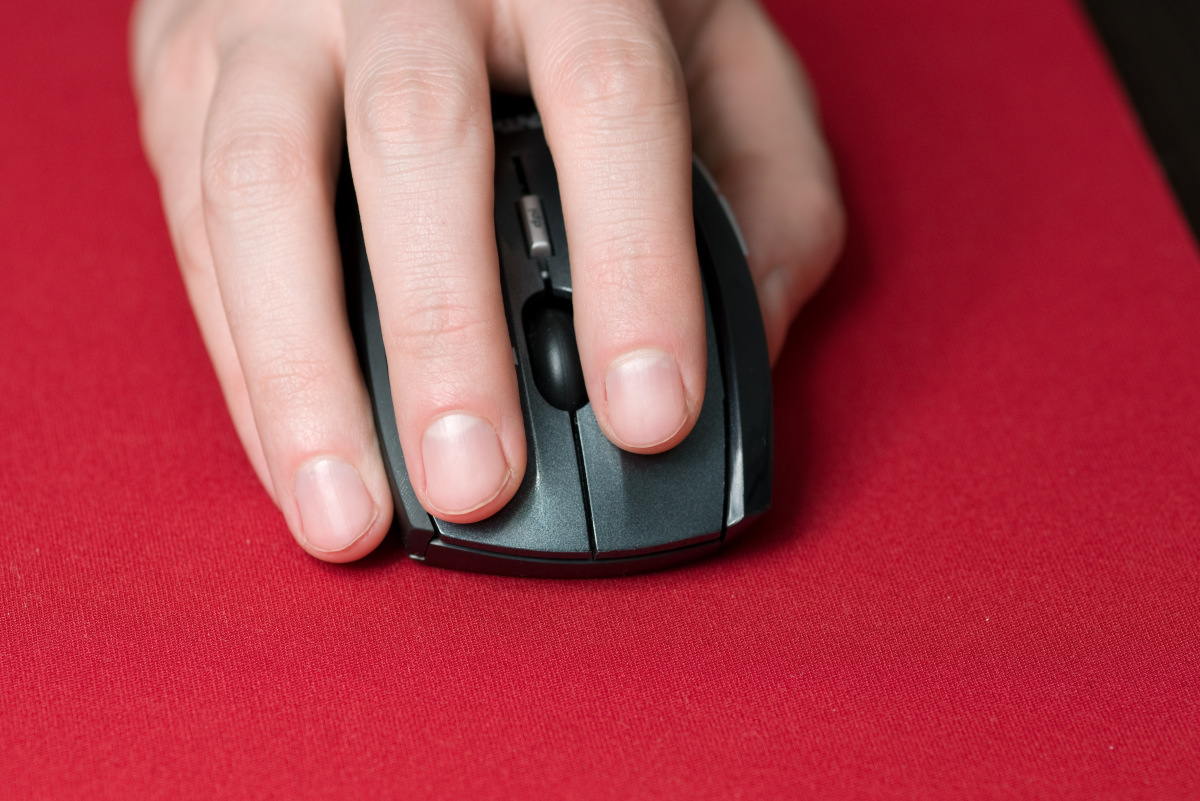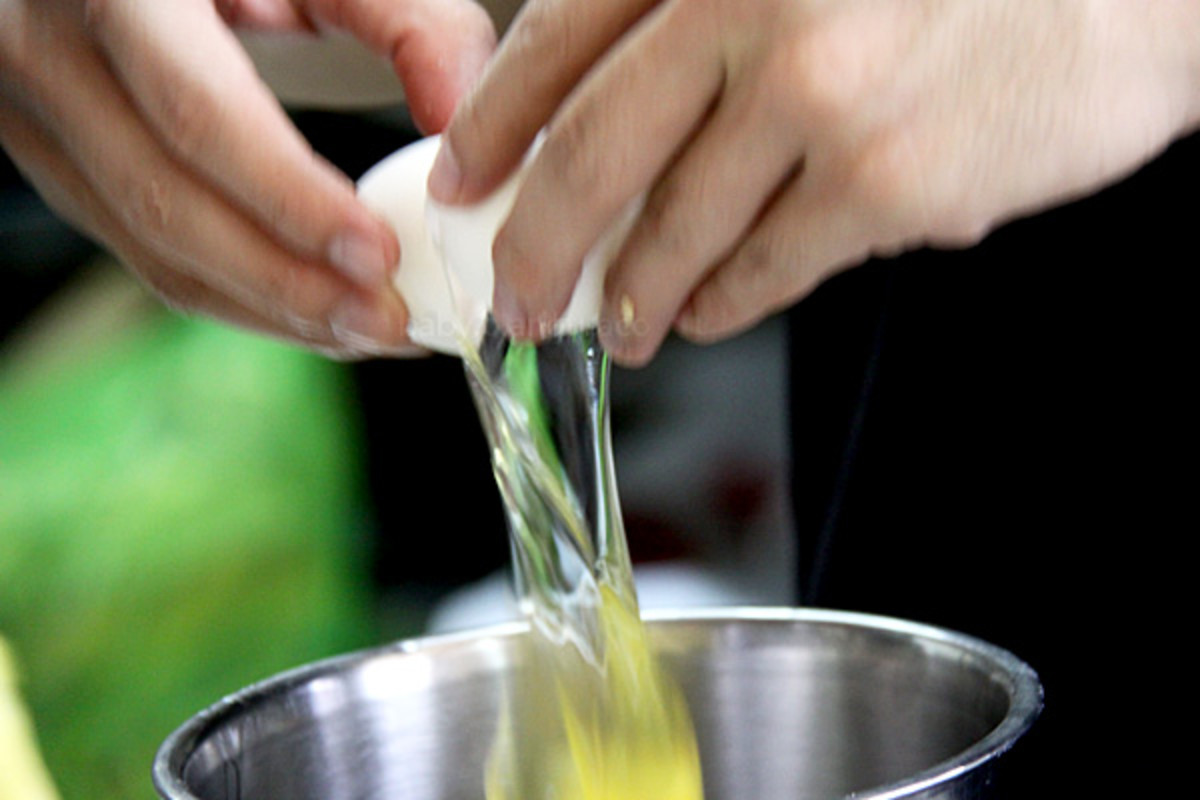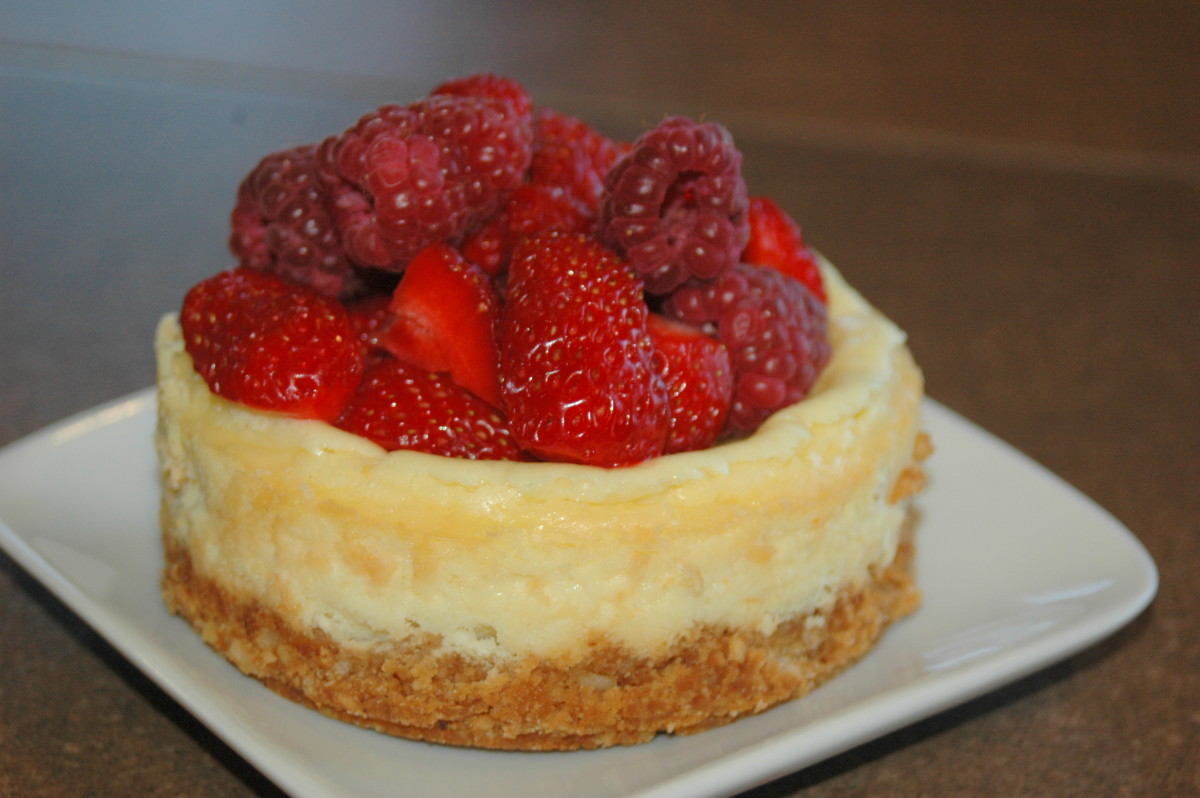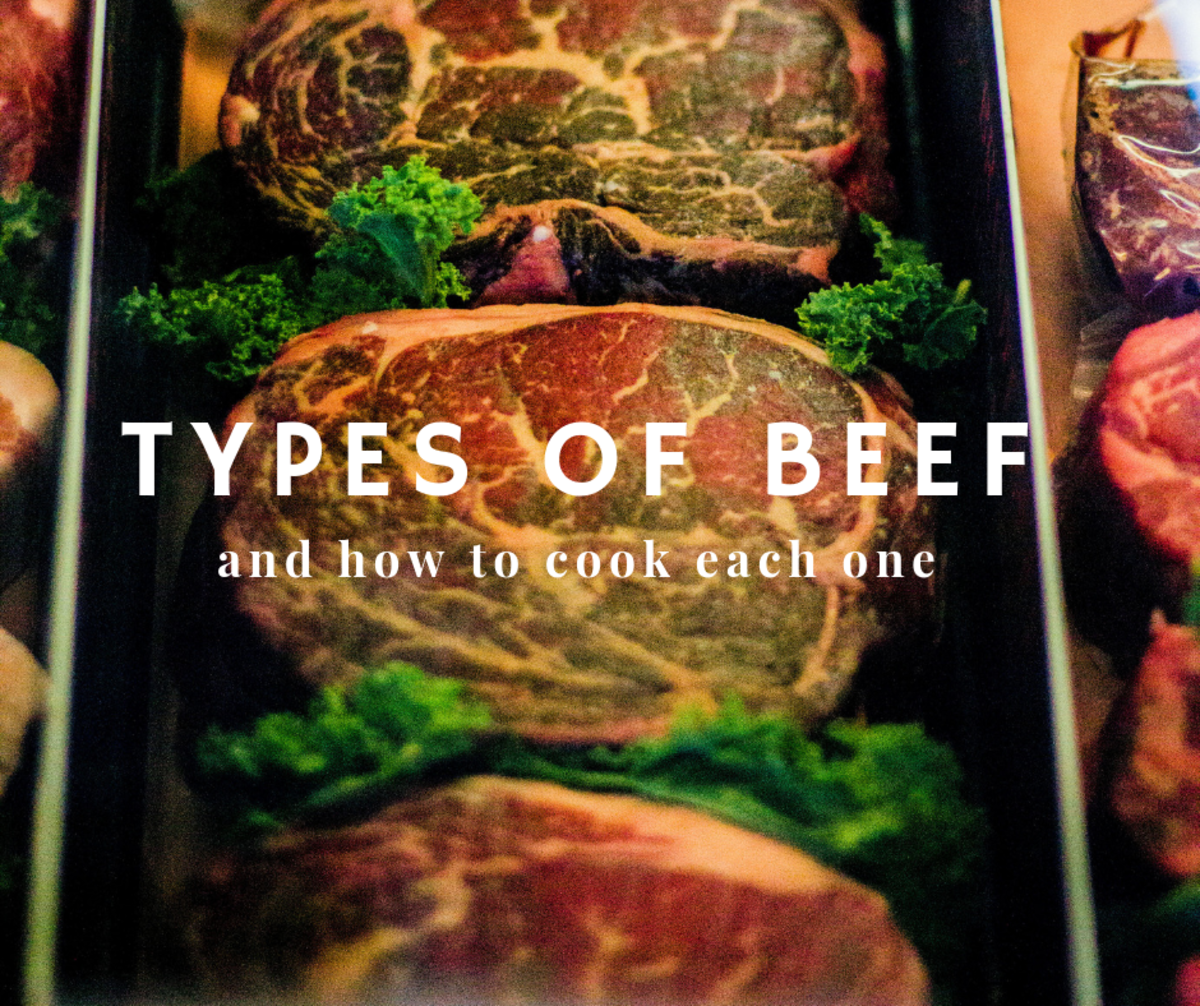How To Clarify Butter: Step-By-Step Tutorial With Photos
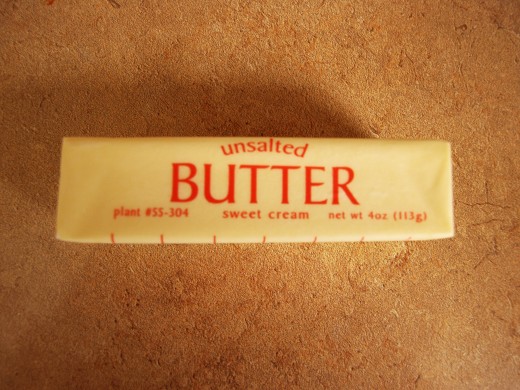
Clarified butter; also known as drawn butter is basically unsalted butter that has had all the milk solids and much of the water removed from it. Clarified butter is most commonly used in sauce recipes and baking recipes that require a nuttier flavor.
Save Time, Buy Ghee
Ghee is basically clarified butter that has been cooked longer so that the water has been completely removed and is most commonly made from cows milk? Ghee is commonly used in South Asian cuisine and Middle Easter cuisine, but can obviously be used in your everyday cooking as well. If you don't feel like making your own clarified butter Ghee is a great alternative and time saver. Ghee can also be found at many grocery stores.
Why Use Clarified Butter?
- Emulsification: Clarified butter is used mostly in sauce making. It works great for creating a hollandaise sauce, or for mixing into a roux. A clarified butter works better than regular unsalted butter when trying to make an emulsification because the water in regular butter has a tendency to break the emulsification. Clarified butter resolves that issue due to its lack of water.
- Higher Smoking Point: Clarified butter is also a good alternative to butter when trying to saute food. Ordinary unsalted butter burns easily where clarified butter doesn't. You can cook with a clarified butter to about 450 degrees Fahrenheit with out it burning, where ordinary butter will burn at around 350 degrees Fahrenheit.
- Longer Shelf Life: Another great benefit of using clarified butter is that it will last much longer in your refrigerator when compared to regular unsalted butter. When you clarify the butter you remove the milk, and it becomes more like an oil which allows it to last much longer.
Ingredients
- 1 stick Unsalted Butter
How Much to Make?
When you make your clarified butter you should start with about 25% more unsalted butter than than the number of clarified butter you need. When processing the butter the volume of butter is significantly reduced. If you need 1 cup of clarified butter you should start with 11/4 cups of unsalted butter.





Step-By-Step Tutorial
- Place the butter in a pot and gently melt it down.
- You should eventually begin to see white foam. The white foam is the milk solids separating from the butter. You should take a slotted spoon and skim the foam off the butter as it gently simmers. If you want you can keep the milk solids and use them later; it's great on popcorn or in mashed potatoes.
- The butter should now look like a pure yellow liquid or at least close to a pure yellow liquid.
- To remove any remaining pieces of milk fat pour the butter through a cheesecloth covered strainer. Doing this may cause to lose more butter so if you are not sure if you have enough you may want to skip this step on continue skimming with your spoon.
- You should now have clarified butter.
- If you choose to you can continue to cook the butter until it becomes a golden brown. This will give the butter a nutty flavor. This is called a "noisette butter".
| Nutrition Facts | |
|---|---|
| Serving size: 1 cup | |
| Calories | 1628 |
| Calories from Fat | 1656 |
| % Daily Value * | |
| Fat 184 g | 283% |
| Saturated fat 116 g | 580% |
| Protein 2 g | 4% |
| Cholesterol 488 mg | 163% |
| * The Percent Daily Values are based on a 2,000 calorie diet, so your values may change depending on your calorie needs. The values here may not be 100% accurate because the recipes have not been professionally evaluated nor have they been evaluated by the U.S. FDA. | |

